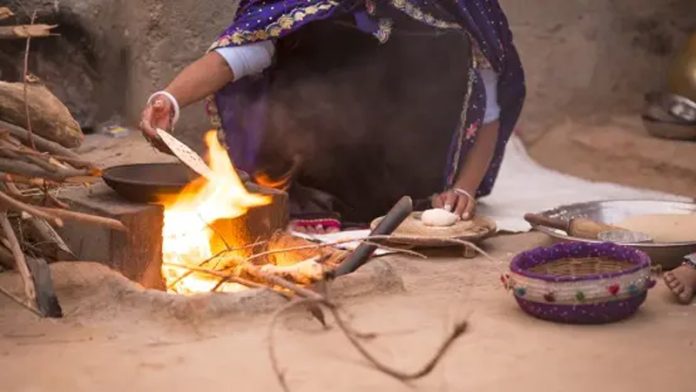NEW DELHI , Jul 8 : As many as 27 of every 1,000 babies and children die due to exposure to dirty cooking fuels in India, according to a report released by a prominent American university.
In the report titled ‘Cooking Fuel Choice and Child Mortality in India’, its authors including Arnab Basu, professor at the Charles H. Dyson School of Applied Economics and Management at Cornell University, used large-scale household survey data from 1992 to 2016 to determine the human cost of reliance on dirty cooking fuels and found that the largest effect was shown in infants under a month old.
That’s an age group, Basu says, where lungs are not fully developed and when infants are most closely stuck to their mothers, who are often the primary home cooks.
According to the report, 27 of every 1,000 babies and children die due to exposure to dirty cooking fuels in India.
Basu said the mortality effect is much higher for young girls than boys in Indian households. This is not because girls are more fragile or susceptible to pollution-related respiratory illnesses, but rather that in India there is a strong son preference and families may be less likely to seek treatment when a young daughter falls ill or begins to cough, he said.
“A switch to cleaner fuels would not only have a positive impact on overall childhood health, but would also address this neglect of daughters,” Basu said in a university press release.
According to the WHO, about a third of the world’s population cooks food over an open fire or in stoves fuelled by biomass (wood, animal dung and crop waste) – contributing to an estimated 3.2 million deaths per year worldwide.
But mandating change is difficult. “A lot of focus is on outdoor air pollution and how crop waste is burned,” Basu said. “Governments can make laws against crop burning and can give farmers payments in advance to incentivize them not to burn.”
The paper suggests looking at indoor pollution is equally important, with an understanding that regional agricultural land ownership and forest cover, household characteristics and family structure, among other factors, play a role. (PTI)
Trending Now
E-Paper


